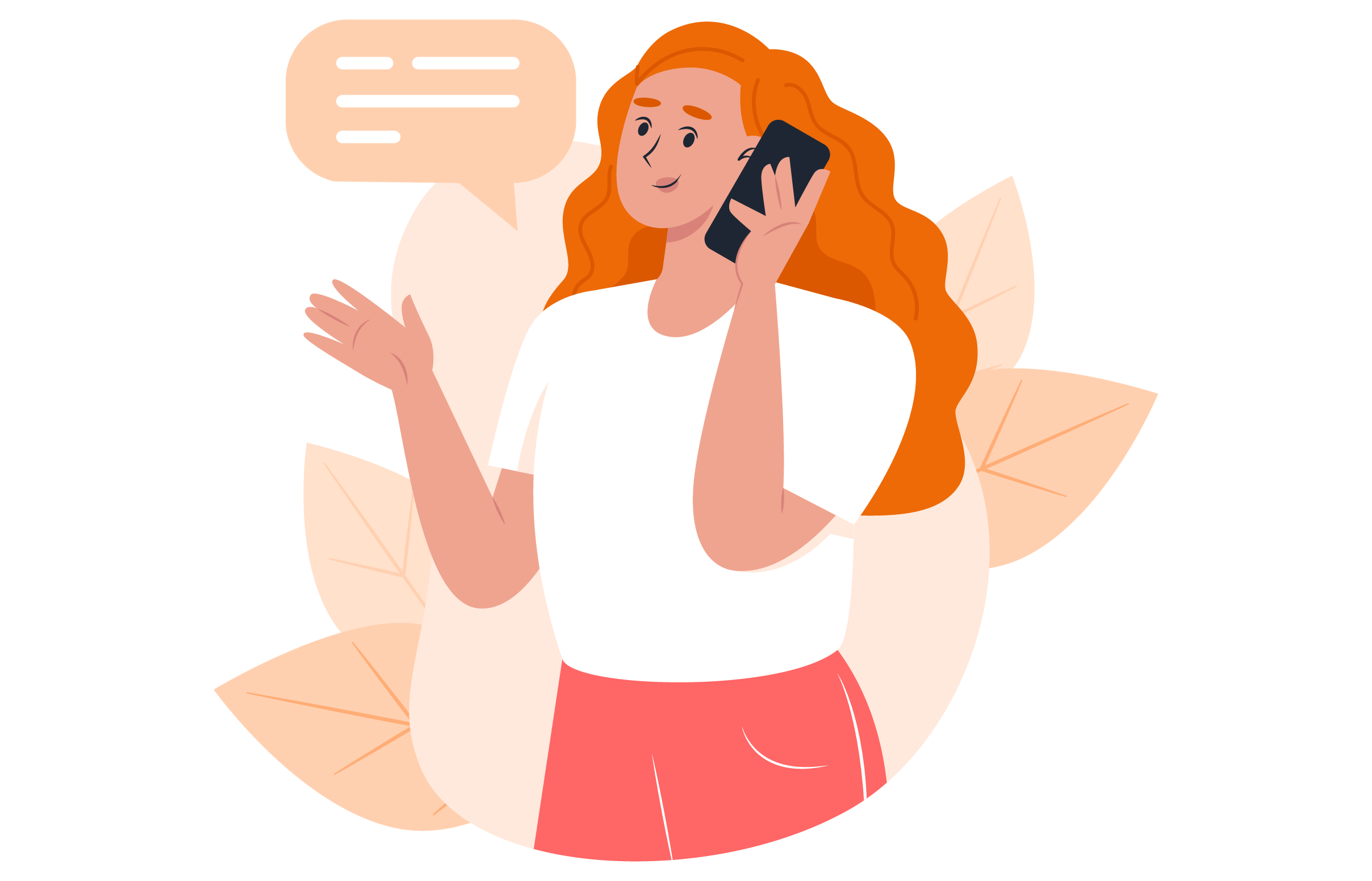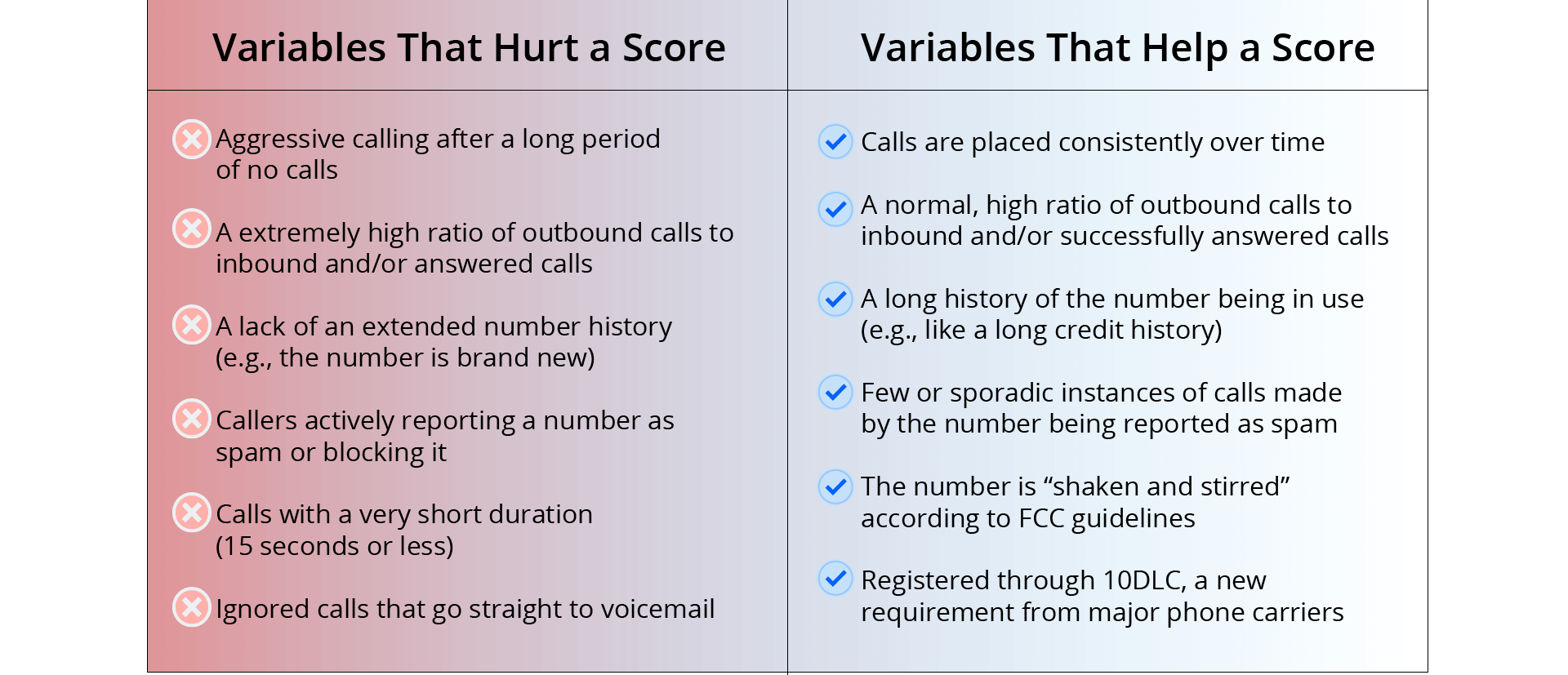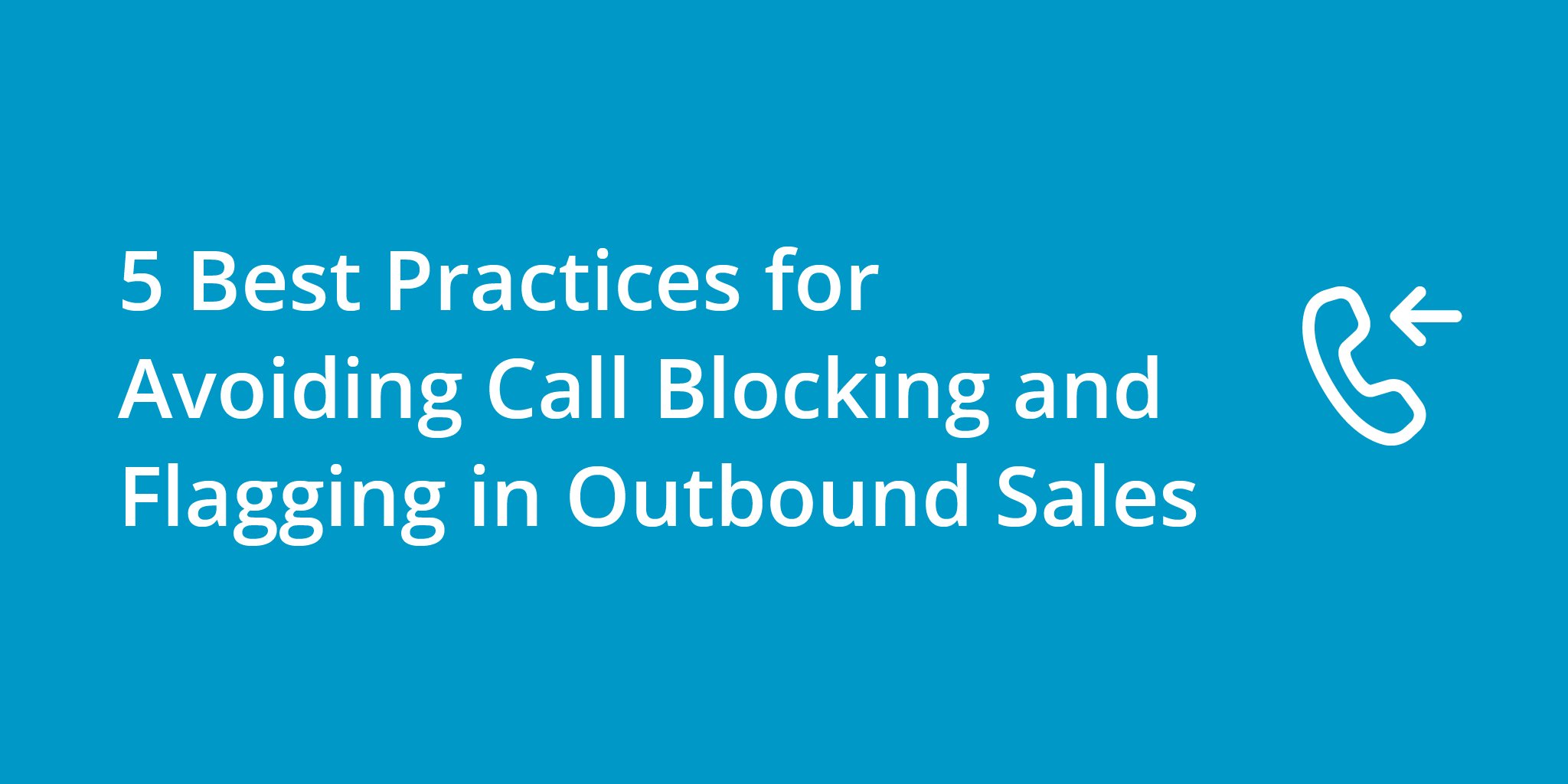Outbound sales calls can be a valuable tool for businesses looking to generate leads, increase sales, and build relationships with their customers. However, with call blocking and flagging becoming more common, and more and more people avoiding calls that may be scams or spam, it is crucial for businesses to take steps to increase trust in their phone numbers. In this article, we will discuss the best practices for avoiding call blocking and flagging on outbound sales calls.
- Best Practice #1: Comply with Regulations
- Best Practice #2: Authenticate Your Caller ID
- Best Practice #3: Monitor the Frequency of Calls
- Best Practice #4: Script and Practice Your Calls
- Best Practice #5: Continue to Train and Monitor
- Get Started Increasing Your Answer and Connection Rates
Best Practice #1: Comply with Regulations
The first step in avoiding call blocking and flagging is to ensure compliance with all applicable regulations. Businesses should familiarize themselves with relevant calling regulations, such as the Telephone Consumer Protection Act (TCPA), STIR/SHAKEN guidelines from the FCC, and the National Do Not Call Registry in the United States.
It’s crucial to implement a compliance program to ensure that your outbound sales agents are following these rules. If your team disregards these rules, your business could be audited and even shut down by the FCC. This includes attaining consent to contact, honoring opt-outs, and updating your contact list to remove any phone numbers that have been added to the Do Not Call Registry.
Similarly, to avoid call blocking and flagging, you should prioritize the quality of your contact list. Make sure that it is accurate and up-to-date by regularly scrubbing it against Do-Not-Call lists. Additionally, use opt-in lists whenever possible to ensure that you are reaching out to people who are interested in hearing from you. By taking these steps, you can help to ensure that you are reaching the right people at the right time.

Best Practice #2: Authenticate Your Caller ID
Improving and maintaining your business’ caller ID reputation is an important step in avoiding call blocking and flagging. By improving your phone number’s reputation with the major telecom providers, the chances of your number being flagged as “Spam Likely” or “Scam Likely” on caller ID are greatly reduced. This of course helps to establish trust with the person on the other end of the line and reduces the likelihood that they will block the number or ignore your call.
Additionally, it’s helpful to use phone numbers with local area codes to increase the likelihood that your call will be answered. The best way to do this is with a pool of real local numbers (not spoofed numbers) that you can dynamically rotate through on outbound sales calls. Kixie’s ConnectionBoost feature includes a dynamic local presence, which automatically updates your outbound phone number to match the area code of the prospect you are calling.
Best Practice #3: Monitor the Frequency of Calls
When it comes to outbound sales calls, you want to make sure that you’re not calling too frequently or at the wrong times. If you call too often, you risk being flagged or blocked by recipients, and you may end up alienating potential customers. To avoid this, it’s important to identify the optimal calling times for your target audience. This could be during specific hours of the day or on certain days of the week, depending on the industry you’re in and the audience you’re targeting. No matter what, we recommend that you stick to calling within normal business hours (i.e. 9a – 5p) for the prospect you are calling. In other words, it’s important to pay attention to the time zone of the person you’re calling and adjust your calling campaigns accordingly.
In addition to identifying the best times to call, you should also limit the number of calls you make per day. Having a high ratio of outbound to inbound calls is a huge red flag for spammy behavior, and negatively impacts your caller ID reputation. Limiting your outbound calls not only helps to avoid call blocking and flagging, but also shows that you respect your recipients’ time and don’t want to be a nuisance. Varying your call times is also crucial to avoid appearing too predictable, which can make it easier for recipients to block your calls. By varying the times you call, you can increase your chances of reaching the right person at the right time and improve the effectiveness of your outbound sales calls.

Best Practice #4: Script and Practice Your Calls
When making outbound sales calls, it’s important to have a clear idea of what you want to achieve and how you’re going to achieve it. If you’re a new BDR or SDR, using calling scripts approved by your sales manager can help ensure that your calls are focused and provide helpful information that highlights the benefits of your product or service. This not only makes it easier for you to deliver your message effectively, but it also helps to establish trust with the person on the other end of the line. Here are 10 more winning tips for outbound sales calls, even if you’re a seasoned AE in sales!
One of the key things to remember when using scripts is to avoid vague statements. Instead, focus on providing clear and concise information that addresses the recipient’s specific needs and concerns. This not only helps to build trust with the person you’re speaking to, but it also makes it easier for them to understand what you’re offering and why they should be interested. In other words, always aim to add value to the conversation that’s relevant to the person you’re speaking with. And remember, you’re speaking to another human on the end of the line – treat them like one!
Best Practice #5: Continue to Train and Monitor
Finally, regular training of agents on best practices and monitoring of calls for compliance and quality assurance is essential in avoiding call blocking and flagging. Providing feedback to agents can help to improve their performance and ensure that they are following the best practices for outbound sales calls.
One of the best ways to monitor call center agent performance is by live call coaching and listening back to sales calls as a sales manager. With a cloud-based phone system and sales engagement platform like Kixie, it’s possible to listen in to live calls made by agents, review call recordings on your own time, and make sure that each agent is performing at their best.
Get Started Increasing Your Answer and Connection Rates
Outbound sales calls can be a powerful tool in your marketing and sales strategy, but only if you use best practices to avoid call blocking and flagging. By taking the time to identify optimal calling times for your target audience, limiting the number of outbound calls made per day, scripting and practicing your calls, and continuing to train and monitor agents on best practices – you’ll increase your chances of connecting with prospects at the right time.
If you need more help perfecting your outbound calling campaigns, and finding the right dialing software to suit your needs, Kixie is here to help. Set up a free demo with one of our knowledgeable team members about how Kixie can improve the performance of your outbound sales team. Or, start trying out a new sales phone system right away with a free trial of Kixie’s sales engagement platform. With these tips under your belt, you should have all that you need to start making more successful outbound sales calls!



